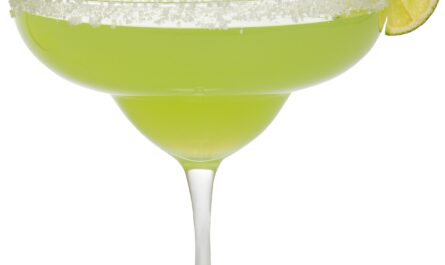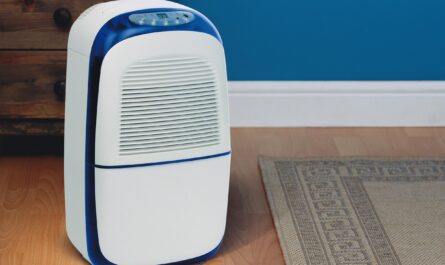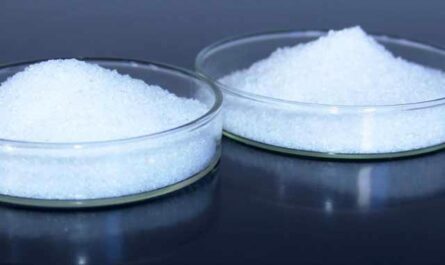Textile Flooring: An Emerging Trend in Home Interiors
Introduction to Textile Flooring
Textile flooring refers to flooring materials made from various types of natural or man-made fabrics like cotton, wool, jute, nylon etc. These textile floor coverings come in the form of carpets, rugs, mats and other rectangular or shaped pieces. In recent years, textile flooring has gained immense popularity as an alternative to traditional flooring options like wood, tiles or laminate for both commercial and residential spaces. Several factors have contributed to its rising demand in the flooring industry.
Advantages of Textile Flooring
Textile floor coverings offer a wide range of advantages over other flooring choices. They are softer and warmer underfoot which makes them very comfortable. Because of their fabric material, textile floors absorb noise efficiently and provide acoustic insulation within rooms. This makes them a suitable choice for areas that require noise control like homes, offices, hospitals etc. Textile floors are also very durable and last longer when installed and maintained properly. Most textile flooring is stain resistant and does not get damaged by occasional spills or dirt. Their fabric composition allows for easy cleaning with vacuums. Textile floors are also budget-friendly and cost less to install compared to hard surface flooring options.
Variety of Styles and Designs
One of the major attractions of textile flooring is the huge variety of styles, patterns and designs available in the market. Carpet and rug manufacturers offer a diverse range of colors, textures and motifs to suit all aesthetic preferences and interior decors. From solid colors to prints, textured loops to flatweaves – there is an option for every taste and style. Designs inspired by nature like floral patterns, Mediterranean influences or abstract designs allow flooring to blend seamlessly into any space. Textile floors are also available in small or large motif sizes, cut and loop pile heights. This versatility empowers consumers to find the perfect match for their indoor ambience.
Evolving Trends in Textile Flooring Materials
Traditionally, textile floors were restricted to natural fibers like wool and cotton. However, recent market expansions present improved material innovations. Eco-friendly jute and sisal are now favored options by many homeowners seeking sustainable flooring. Easy-care synthetics like polyester and nylon are also arising as widely used man-made materials. Hybrid blends integrating natural and artificial threads provide the best of both worlds. Additionally, state-of-the-art fiber and yarn technologies enable the creation of stain-repellent, soil-hiding and durable textiles to withstand high foot traffic. Anti-microbial treatments further enhance hygiene and indoor air quality. The evolution of sophisticated material engineering has positioned textile flooring as a sophisticated, functional and healthy flooring alternative.
Application across Various Spaces
Versatility has enabled textile floors to complement a variety of interior spaces effectively. Rugs, runners and area carpets are perfect for residential living rooms, bedrooms and kids’ rooms. Their sound absorbing properties aid in home theaters and music rooms too. Commercial installations utilize textile flooring extensively in waiting areas, cafeterias, lobbies and corridors owing to its comfortable and durable nature. Healthcare facilities rely on carpet and rubber floor tiles to cover patient wards, operation theaters and examination rooms for hygiene, safety and ease of mobility factors. Educational institutions are increasingly adopting textile floor surfaces in classrooms, playgrounds, and campus grounds to protect student health. Their resilience allows usage even in high-traffic zones like entrance lobbies, retail showroom floors and automotive workshops.
Environmental and Health Attributes
Burning of fossil fuels and emission from concrete and adhesive production exert carbon footprint on the planet. Textile flooring fares comparatively friendlier for the environment and human health. Several options are certified by recognized certifying organizations for meeting sustainable forestry, recycled material or chemical emission standards. Natural materials are renewably sourced from agriculture while synthetic options employ recycled polyester, bio-based substances or reduced VOC formulations. Textile floors do not emit toxic fumes or require hazardous floor strippers for maintenance. Their natural fibers maintain indoor air quality by trapping airborne pollutants and acting as filters. Effectively-installed woven and tufted pile styles eliminate allergens, fungi, dust and microorganisms providing hypoallergenic floor properties.
Rise of Digital Printing Technology
Advancements in computer-aided design and digital printing have profoundly influenced flooring visuals. Customized one-of-a-kind patterns and multi-colored motifs are no longer restricted by conventional manufacturing limitations. Digital techniques allow precise replication of photorealistic textures and images onto carpets and rugs. The scope for creative self-expression has motivated increased demand for statement pieces from residential and commercial interiors. Large format printing enables seamless coordination of designs across expansive spaces. Digital capability to reproduce any client brief has broadened manufacturers’ portfolios for the contract sector exponentially. E-commerce and social media further promote the designs to residential audiences and prosumers nationwide.
Conclusion
Growth projections foresee textile flooring outpacing other flooring material segments in the years to come. Rising disposable incomes, increasing health awareness, proliferating design aesthetic and technological improvements continually bolster demand. The industry caters to sustainable and luxurious demands holistically with its assortment. Versatile applications across diverse functional spaces cement textile flooring as a definitive interior solution for both function and fashion in modern times. Its superior attributes cement an enduring place in the global flooring landscape. With the sector’s relentless product innovations, textile floor coverings are certain to attain widespread popularity across global geographies going forward.
*Note:
1. Source: Coherent Market Insights, Public sources, Desk research
2. We have leveraged AI tools to mine information and compile it




